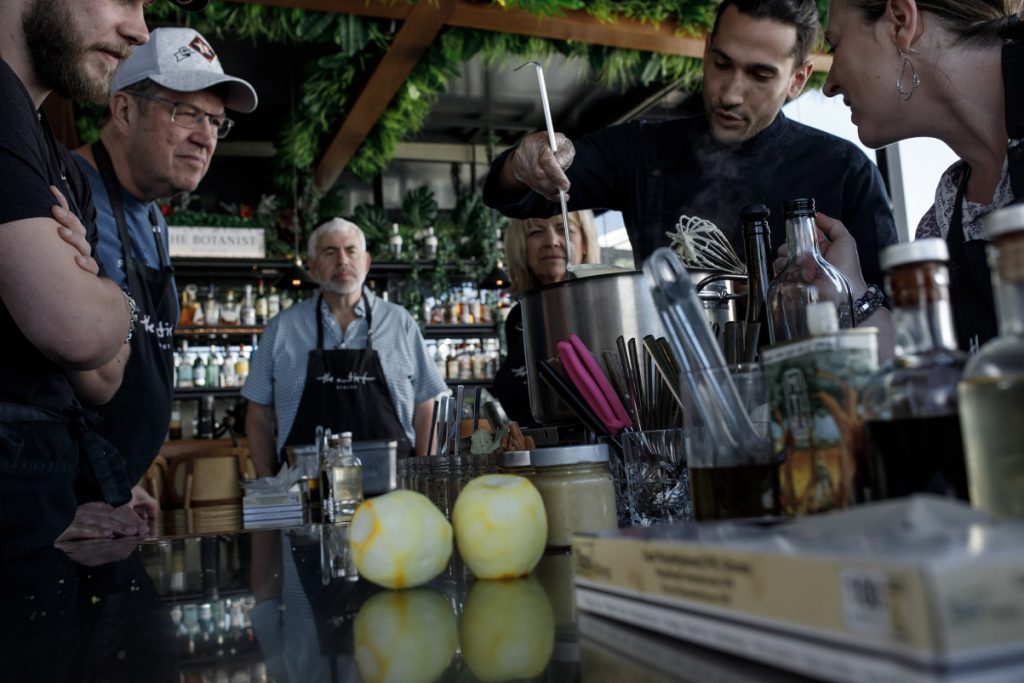Travelers are increasingly drawn to unique, active experiences that allow them to learn and interact with locals while on vacation. This trend is becoming more prevalent, with people treating their holidays almost like a semester abroad without the college credits. Viator, an online travel agency for travel experiences, has observed this shift in consumer preferences through its latest data, which highlights a growing interest in hands-on activities, outdoor pursuits, and off-the-beaten-path destinations.
One of the key trends identified by Viator is the increase in hands-on experiences among travelers. Cooking classes, photography tours, sports lessons, and painting classes have all seen significant year-over-year growth, indicating a desire for more immersive and skills-based activities. Additionally, outdoor activities such as kayaking and mountain biking have become increasingly popular, with nearly half of Viator’s top 20 experience categories involving open-air pursuits. Nature tours and safaris have resonated particularly well with American travelers.
Another trend noted by Viator is the rise of “coolcations,” with travelers seeking to escape scorching temperatures by flocking to destinations where they can avoid the heat. While traditional European cities like Rome and Paris remain popular, lesser-known destinations like Isafjordur, Iceland, and St. Johns, Canada, have seen a surge in demand. Bookings for Helsinki and Stockholm via Viator have also risen by over 50% year-over-year as travelers look for respite from the summer heat in southern Europe.
The data also shows a resurgence of interest in Asia among travelers, with destinations like Beijing and Shanghai experiencing significant growth in bookings compared to previous years. Other Asian destinations such as Yogyakarta and Nusa Penida in Indonesia, and Osaka, Japan, have also seen steady growth of over 50%. This indicates that the Asia-Pacific region’s travel boom is ongoing and presents opportunities for travel companies to capitalize on this trend by offering hands-on, outdoor-focused travel experiences in the region.
Looking ahead, travel companies can leverage this data to tailor their products to meet the evolving preferences of travelers. There is potential to promote off-the-beaten-path locales and outdoor-focused activities, while also catering to the demand for unique and immersive experiences. While the data suggests a continued interest in Asian travel and seasonal variations on popular experiences for the upcoming fall and winter months, economic uncertainties could impact travelers’ discretionary spending. As a result, travel experience operators will need to remain flexible and adaptable to meet changing consumer demands.















